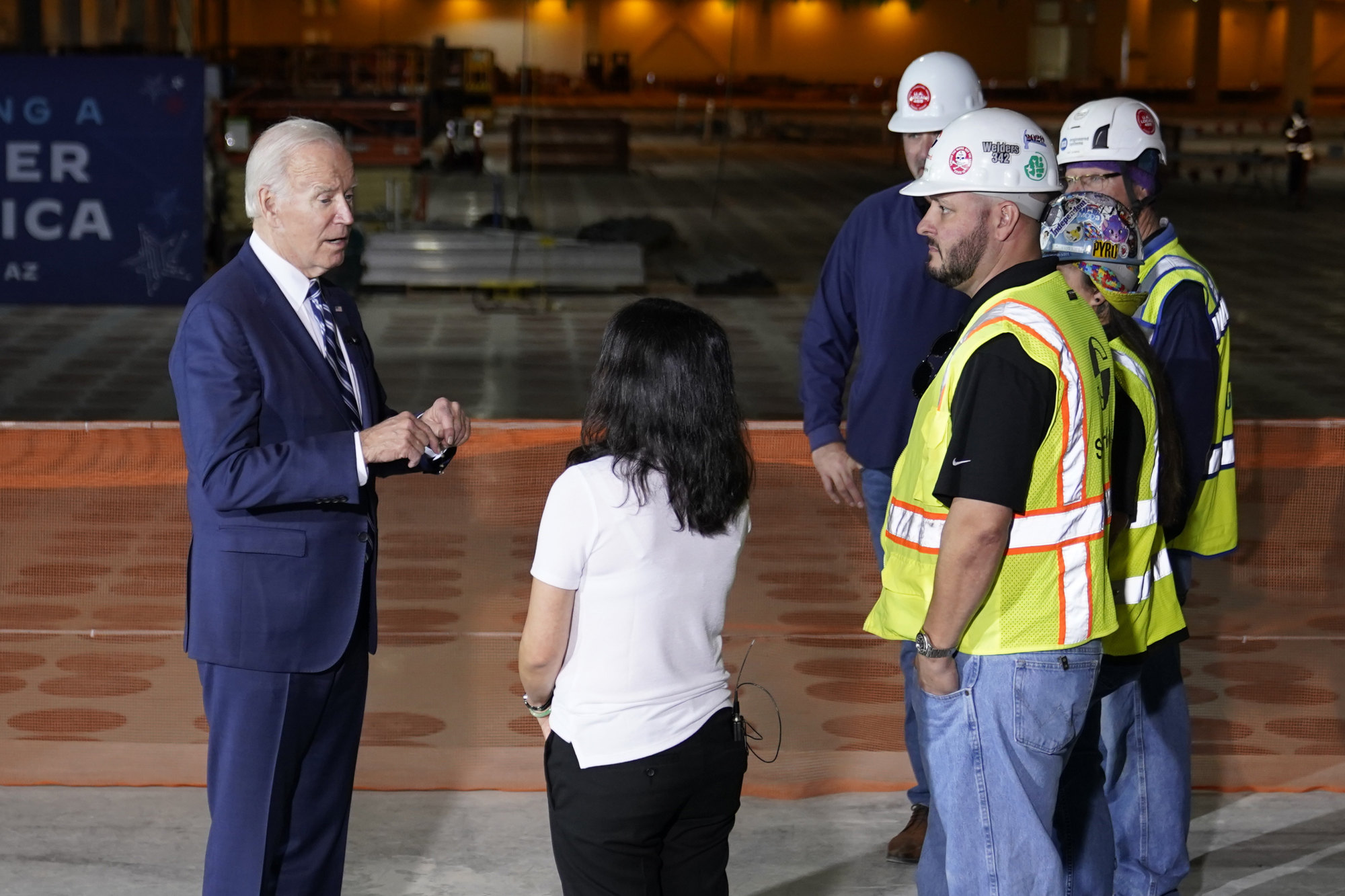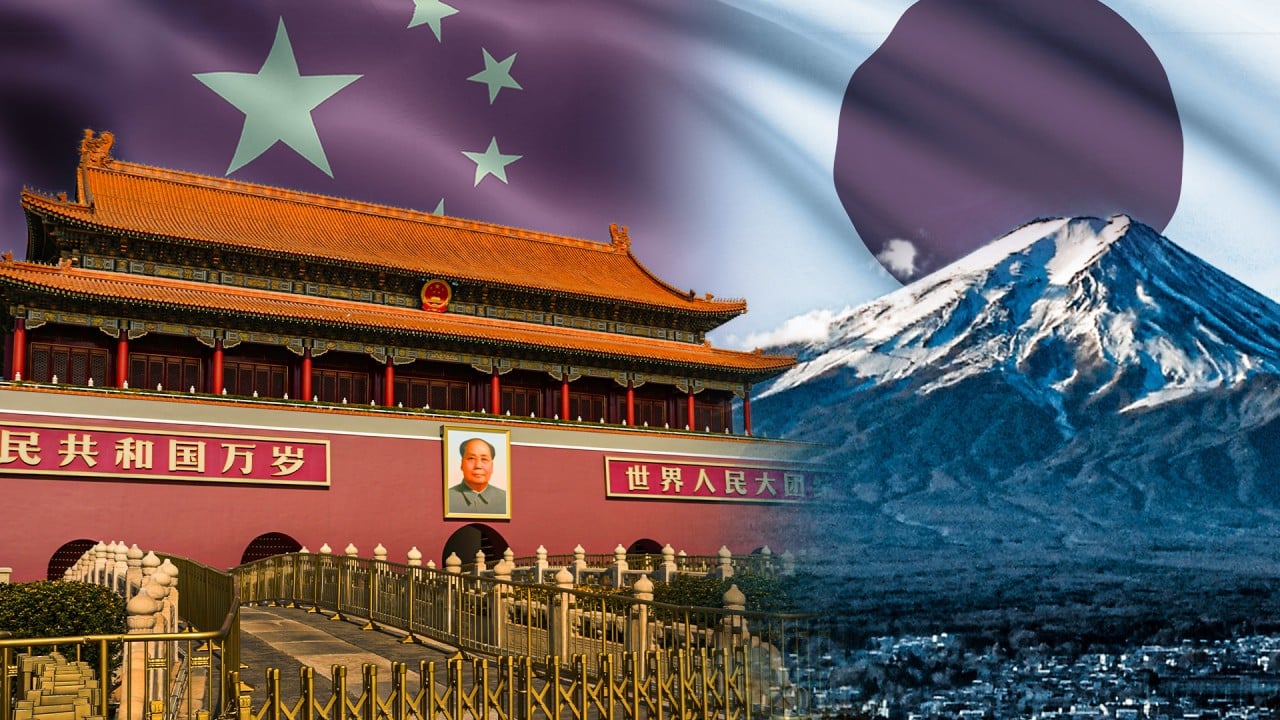Industrial policy is commonly defined as measures taken by a government to shape the economy by targeting specific industries, firms or economic activities through tax incentives, subsidies, protective regulations and research and development support.
China was a latecomer on the scene. Taking its cue from the East Asian countries that transformed their economies through industrial policy, Beijing put in place something of its own in 1986.
China’s industrial policy is similar to that of Japan, South Korea and the European Union, albeit more pervasive. For this reason, it has withstood challenges the US brought before the World Trade Organization.
In contrast, US industrial policy is one of a kind. What sets it apart from the pack is, first and foremost, its purpose. Conventional industrial policy is internally focused, aimed at developing national capacity. However, US industrial policy has, as well as investing in American workers and science, an important additional goal: suppressing competitors, especially those perceived to be narrowing the gap with the US.
The Reagan administration’s “managed trade”, since outlawed, was intended to clamp down on Japanese automobile and semiconductor industries. The exercise was hugely successful, and contributed in no small part to Japan’s three lost decades.
Washington’s industrial policy for semiconductors today is designed to cripple Chinese competition or to ensure the US maintains, as National Security Adviser Jake Sullivan put it, “as large of a lead as possible”.
US industry policy distinguishes itself in another important aspect: approach. The Biden administration says its industrial policy is rooted in national security concerns, and maintains that there is no room for compromise on such matters.
Chinese strategy vs US tactics. Guess who’s winning the tech war?
Chinese strategy vs US tactics. Guess who’s winning the tech war?
It is easy to see why Washington links its industrial policy with national security: to justify the measures it wishes to take. Consequently, US industrial policy includes extreme measures outside the realm of conventional industrial policy.
While conventional industrial policy operates behind the border, America’s industrial policy extends its reach beyond US territory, adversely affecting foreign governments and companies. Foreign companies deemed to have violated US sanctions are subject to heavy fines, while foreign nationals on the wrong side of US rules face prison terms.
EU is barking up wrong tree blaming China for its trade deficit
EU is barking up wrong tree blaming China for its trade deficit

To allay similar Japanese concerns about the implementation of the Inflation Reduction Act, the Biden administration concluded an agreement with Tokyo on critical minerals for electric vehicle batteries, which was presented as a sort of free-trade agreement. But such narrow sectors “do not count as a free trade area”, according to Inu Manak, a trade policy expert at the Council on Foreign Relations.
Washington’s industrial policy has serious consequences for the world. It is creating new trade barriers. Market distortion at its worst, it threatens to dismantle the current global supply chains, which would lead to substantial inefficiency and loss of economic output.
Some of the effects of US industrial policy are already evident in the semiconductor sector, where it is no longer possible to freely source or sell raw materials, products, manufacturing machines or technology. As Taiwan Semiconductor Manufacturing Company (TSMC) founder Morris Chang put it, “in the chip sector, globalisation is dead”.
President Joe Biden has stressed on numerous occasions the necessity of US global leadership. However, on industrial policy at least, the world would be much better off without it.
Zhou Xiaoming is a senior fellow at the Centre for China and Globalisation in Beijing and a former deputy representative of China’s Permanent Mission to the United Nations Office in Geneva


